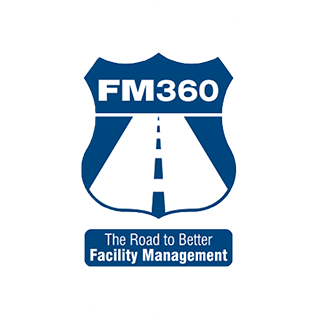 Many of you have likely heard the saying “a failure to plan is a plan to fail.” That is true especially when it comes to planning and budgeting for the capital replacement of aging facility systems.
Many of you have likely heard the saying “a failure to plan is a plan to fail.” That is true especially when it comes to planning and budgeting for the capital replacement of aging facility systems.
How many of you, if asked, could provide a 3 to 5 year capital replacement list indicating which systems need to be replaced, when, and their associated cost? How about a 10 to 15-year plan? Do you know the cost associated with deferring those replacements?
Do you take the Oliver Twist approach, as I call it, to capital planning? You put together your wish list each year in a spreadsheet and present it to upper management at budget time. You know only a few items, at best, will get approved. You even throw in a couple sacrificial lambs and try to act upset when they don’t get funded. You end up with a list that will be even longer next year and are left saying “May I have more please???” (said with English accent)
How many of you are swimming in a growing deferred maintenance backlog? We have dug a big hole and are not sure how to get out… Why is that? Is it our failure to plan – to forecast the facility needs over the coming years? Is it our failure to present that information in a manner that gains buy-in from upper management or administration? Does upper management not see the value of our organization and the buildings?
As business managers, it is incumbent upon us to successfully manage our organization’s assets, which includes implementing a robust capital replacement planning program. We should be able to forecast the capital needs of our facilities over the coming years, the cost associated with those needs, the cost of deferring replacement, and ultimately the value the systems and buildings play in the overall organization’s success. We are competing with other departments for the same dollar, so we have to present strong business cases and develop the trust of upper management in our requests each year.
There are, of course, various ways to implement such programs which will depend quite heavily on the size of your organization, your internal resources, and cost. For smaller organizations, you may be able to conduct your own annual facility audits, track the data in your CMMS, and generate a report each year for budgeting. Larger organizations may require a partnership with a firm that performs audits and implements capital replacement programs – or any variation in between.
To learn more about implementing a CRP, including how to inexpensively incorporate a program into your CMMS, read No More Firefighting – Planning for Success with a Capital Replacement Program as published in the July/August 2014 edition of IFMA’s Facility Management Journal.
Visit FM360consulting.com to read more facility related articles and learn about our consulting and training services.







